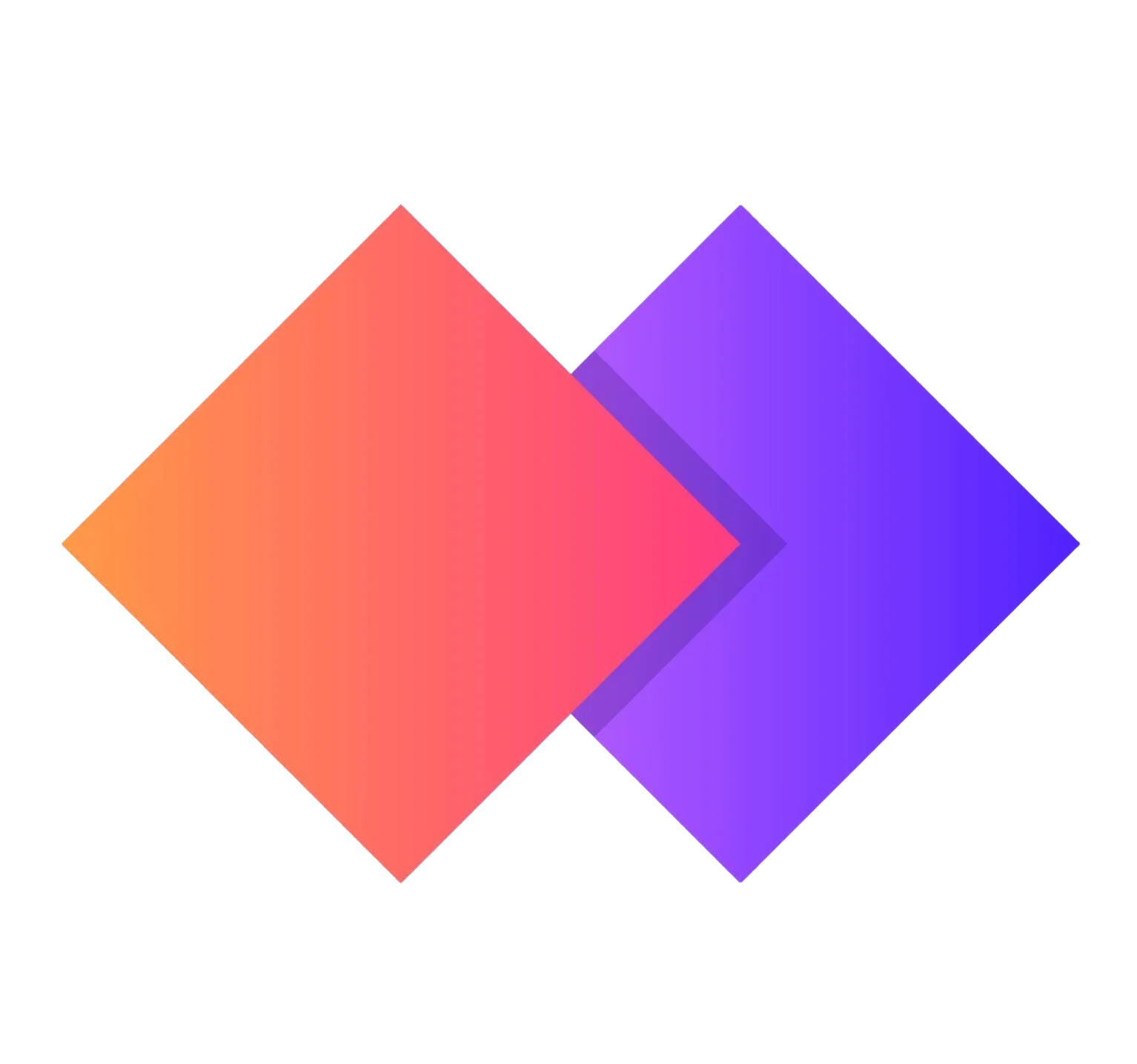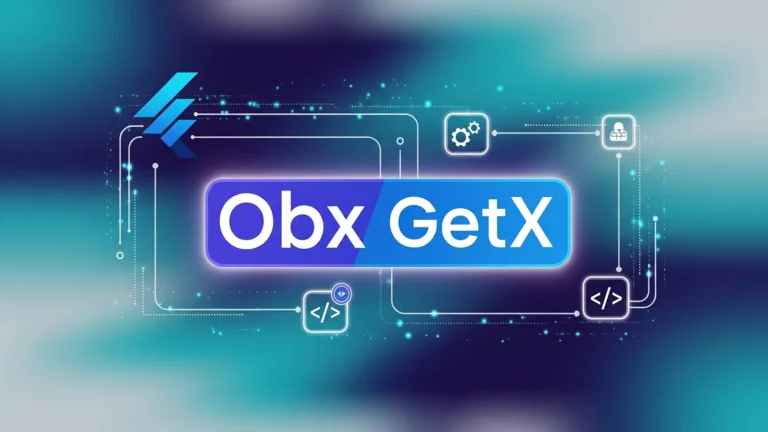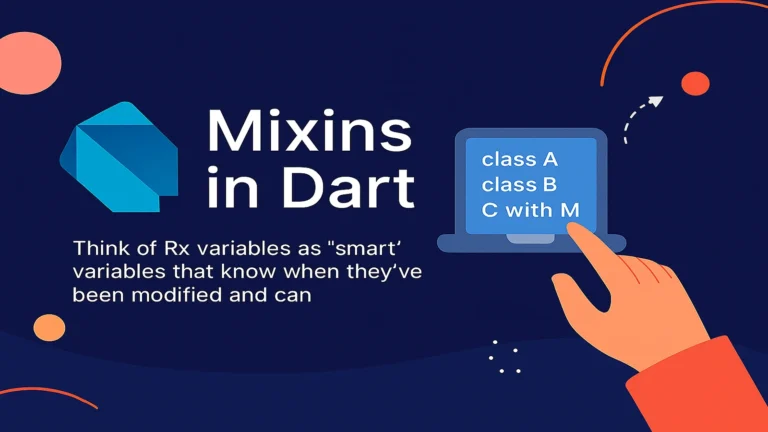
Are you looking to expand your Flutter application’s reach to desktop users? The ability to flutter build linux app is a powerful feature that allows your beautifully crafted mobile experiences to seamlessly transition to the Linux desktop. In this comprehensive guide, we’ll dive deep into everything you need to know about preparing, building, and deploying your Flutter application for Linux, ensuring your users have a consistent and engaging experience across all platforms.
Why flutter build linux app? The Power of Cross-Platform Development
Flutter has revolutionized cross-platform development, allowing developers to write a single codebase for mobile, web, and now, desktop. Building a Linux app with Flutter means you can tap into a vast user base, including developers, open-source enthusiasts, and anyone who prefers the flexibility and security of the Linux operating system. The process to flutter build linux app is surprisingly straightforward, and the benefits are immense. You save time, reduce development costs, and provide a unified brand experience.
Getting Started: Prerequisites for flutter build linux app
Before you can flutter build linux app, there are a few prerequisites you need to ensure are in place.
- Flutter SDK: Of course, you’ll need the Flutter SDK installed on your system. Make sure you’re on a stable or beta channel for the best desktop support. You can check your Flutter version with
flutter --version. - Linux Development Environment: For Flutter to successfully
flutter build linuxapp, you’ll need the necessary development tools for Linux. This typically includesclang,cmake,ninja-build, andpkg-config. On Ubuntu/Debian, you can install them with:Bashsudo apt update sudo apt install clang cmake ninja-build pkg-config libgtk-3-devlibgtk-3-devis crucial as Flutter’s Linux desktop embeds use GTK. - Enable Linux Desktop Support: Even if you have Flutter installed, you might need to enable desktop support for your project. Navigate to your project directory and run:Bash
flutter config --enable-linux-desktopThen, ensure your project has the Linux directory:Bashflutter create .If you already have a project, this command will add the missing desktop directories.
Once these steps are complete, you’re ready to start the exciting journey to flutter build linux app!
Developing for Linux: Considerations Before You flutter build linux app
While Flutter handles much of the cross-platform magic, there are still some considerations when targeting Linux:
- Platform-Specific Widgets: Think about how your UI will adapt to a desktop environment. While Flutter widgets are highly adaptable, you might want to consider using packages like
bitsdojo_windowfor custom window controls ortray_managerfor system tray integration. - Keyboard Navigation: Desktop users often rely heavily on keyboard navigation. Ensure your app is fully navigable without a mouse.
- File System Access: For desktop applications, file system access is often a key requirement. Packages like
path_providerandfile_pickercan help you manage local files. - Responsiveness: Design your layouts to be responsive and adapt to different window sizes. Use widgets like
MediaQuery,LayoutBuilder, andFlexible/Expandedto achieve this.
Here’s an example of a simple Flutter app structure that’s ready for Linux:

The Command: How to flutter build linux app
Once your project is set up and your code is ready, building your Linux application is incredibly simple. Navigate to your project root in your terminal and execute:
Bash
flutter build linux
This command will compile your Flutter application into a release-ready executable for Linux. The output will be located in the build/linux/x64/release/bundle directory within your project.
Running and Testing Your flutter build linux app
After you flutter build linux app, you can test it directly from the build output. Navigate to the bundle directory and run the executable:
Bash
cd build/linux/x64/release/bundle
./your_app_name
Replacing your_app_name with the actual name of your application. This allows you to quickly verify that your flutter build linux app works as expected.

Distributing Your flutter build linux app
Now that you know how to flutter build linux app, the next step is distribution. There are several ways to get your Flutter Linux app into the hands of users:
- AppImage: AppImage is a popular format for distributing Linux applications. It bundles all dependencies into a single executable file, making it easy for users to run your app without installation. You can use tools like
appimage-builderto create an AppImage from your Flutter build. - Snap Packages: Snaps are containerized software packages that work across many Linux distributions. They offer automatic updates and sandboxing. Building a Snap requires creating a
snapcraft.yamlfile that defines your application and its dependencies. - Flatpak: Similar to Snaps, Flatpak provides a sandboxed environment for desktop applications. It’s widely supported and offers a consistent experience.
- Debian/RPM Packages: For traditional package management, you can create
.deb(Debian/Ubuntu) or.rpm(Fedora/RHEL) packages. This offers a more integrated experience for users familiar with these systems.
Consider the following visual when thinking about different distribution methods:

Common Challenges and Troubleshooting When You flutter build linux app
While the process to flutter build linux app is generally smooth, you might encounter some issues.
- Missing Dependencies: The most common problem is missing Linux development dependencies. Double-check that you have
clang,cmake,ninja-build,pkg-config, andlibgtk-3-devinstalled. - Flutter Channel: Ensure you’re on a Flutter channel that supports desktop development.
flutter channel stableorflutter channel betaare good choices. - Project Setup: If you added Linux support to an existing project, make sure the
linuxdirectory was correctly generated. If not, tryflutter create .again. - Permissions: When running your built app, ensure it has executable permissions. If not, use
chmod +x your_app_name.
The Future of flutter build linux app
The support for desktop development in Flutter is continually improving. With each new release, we see better integration, more stable APIs, and enhanced performance. The ability to flutter build linux app is a testament to Flutter’s commitment to providing a truly ubiquitous development platform. As Flutter matures, expect even more streamlined workflows and advanced features for desktop applications.
Conclusion
Learning how to flutter build linux app opens up a world of possibilities for your applications. From engaging users on their preferred desktop environment to leveraging the power of open-source, the benefits are clear. By following this guide, you now have the knowledge and tools to successfully flutter build linux app, test it, and even consider various distribution methods. Embrace the versatility of Flutter and bring your amazing creations to the Linux desktop!






